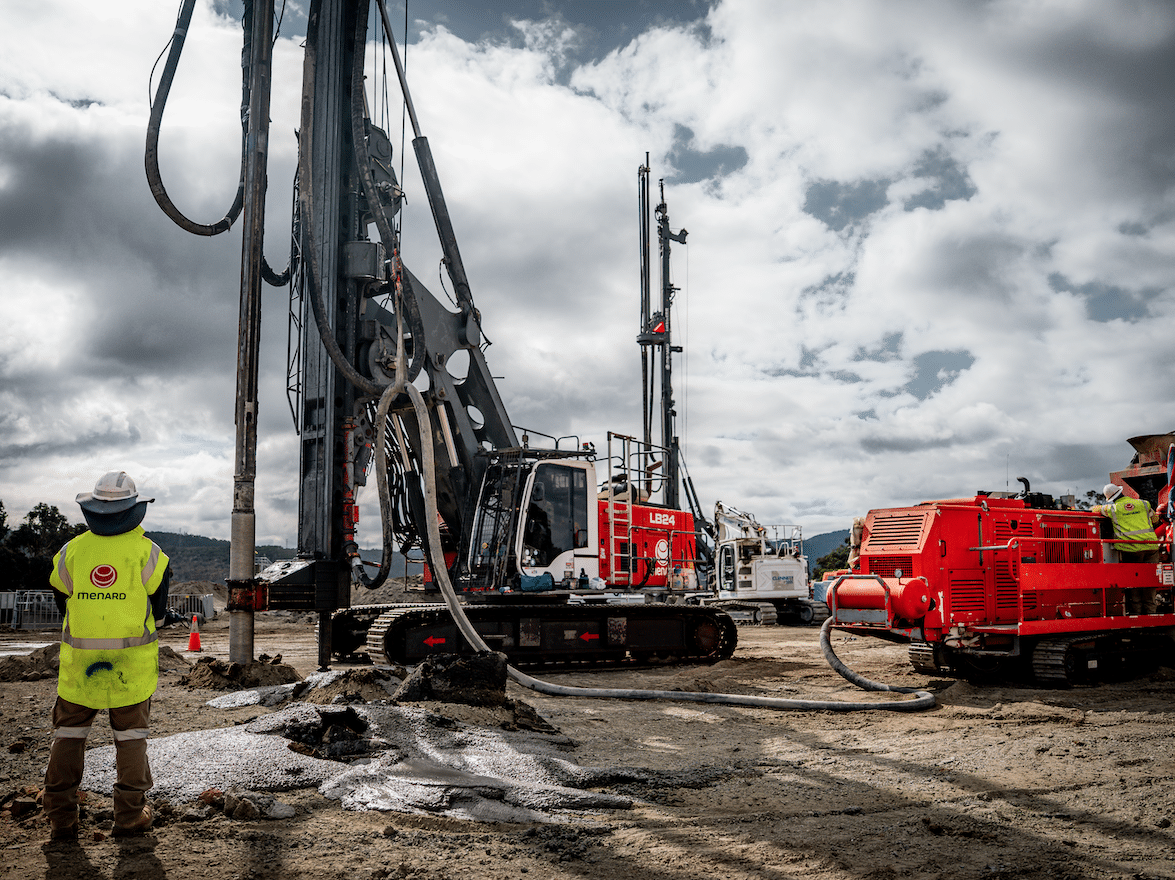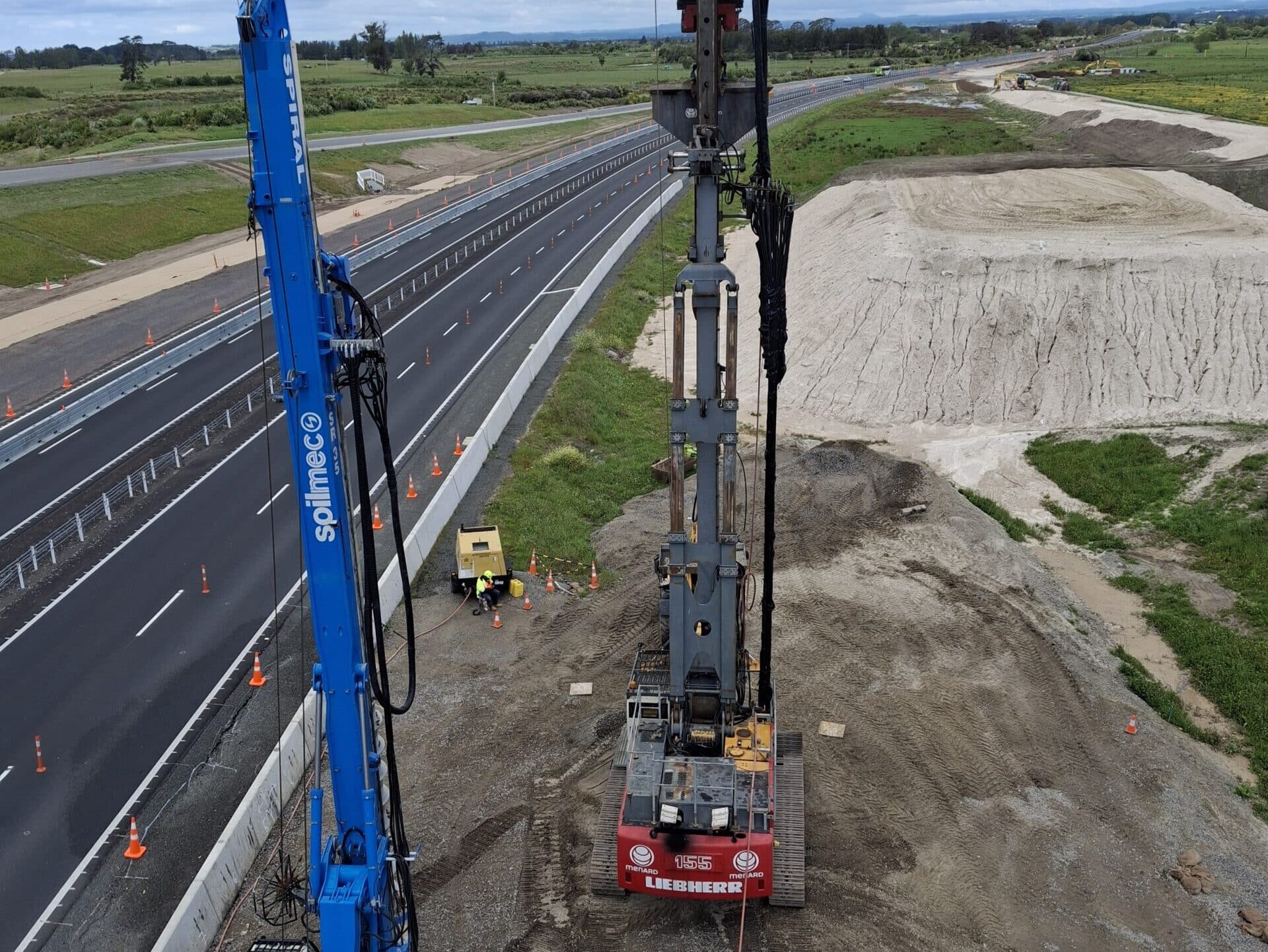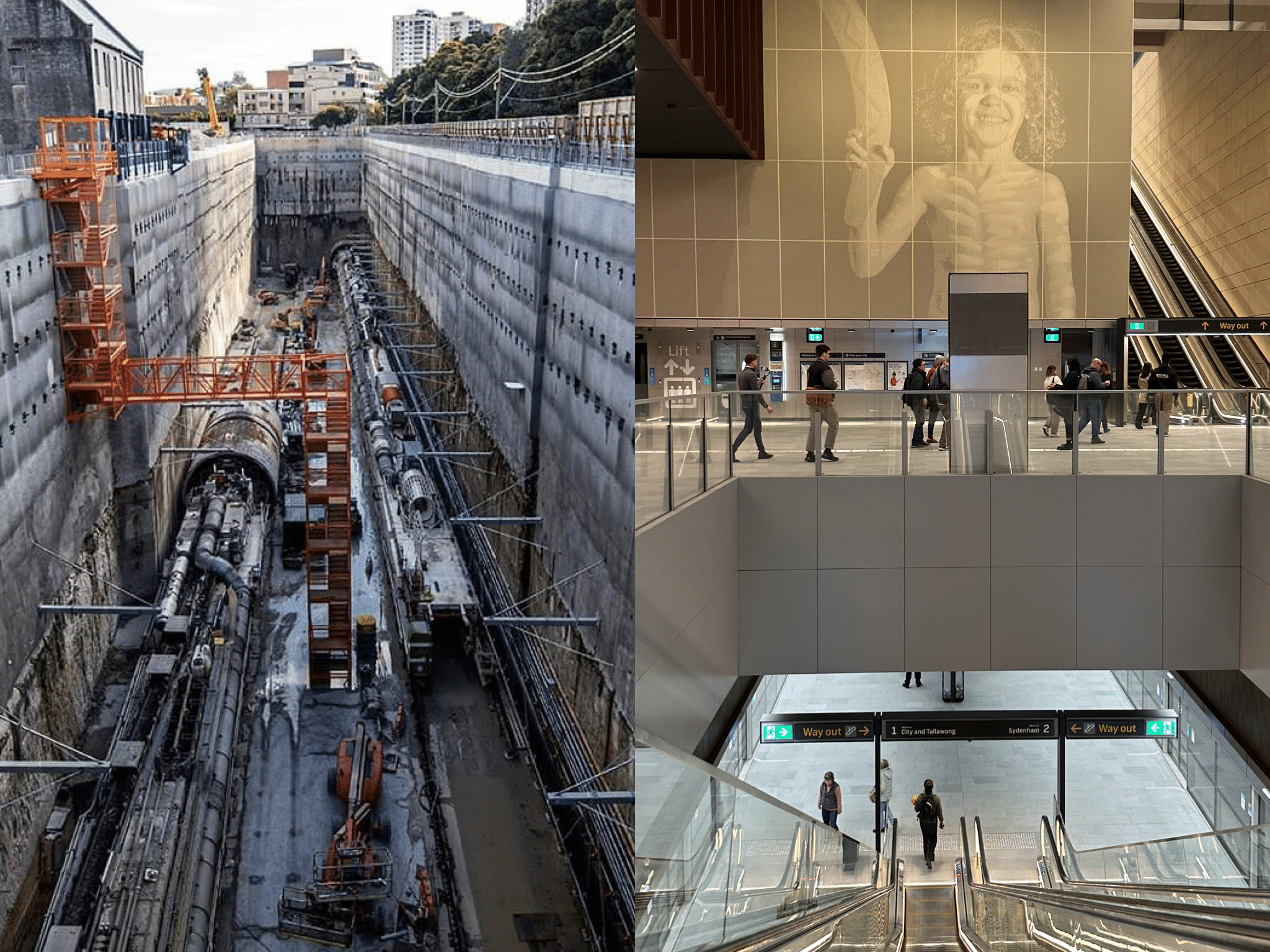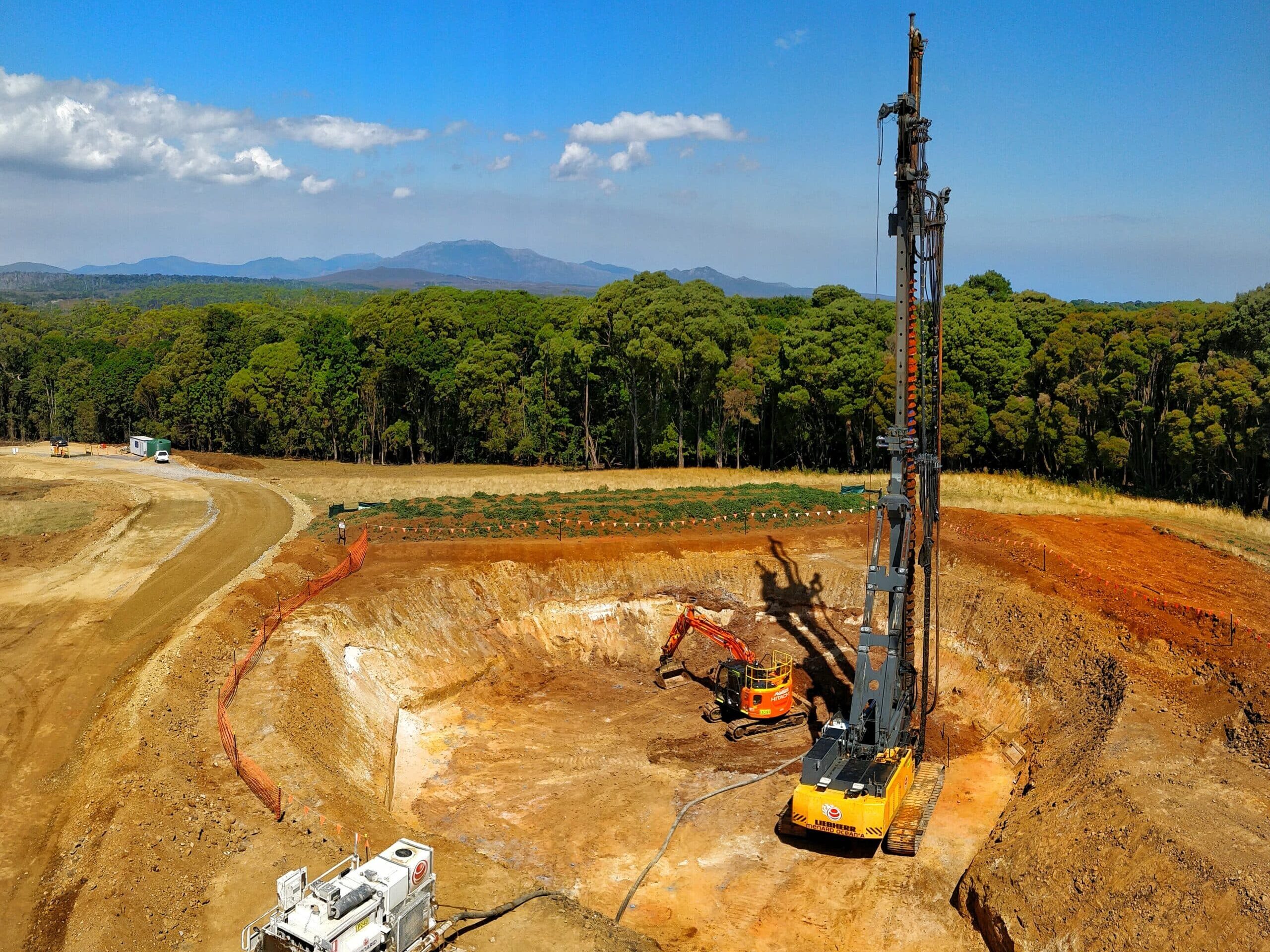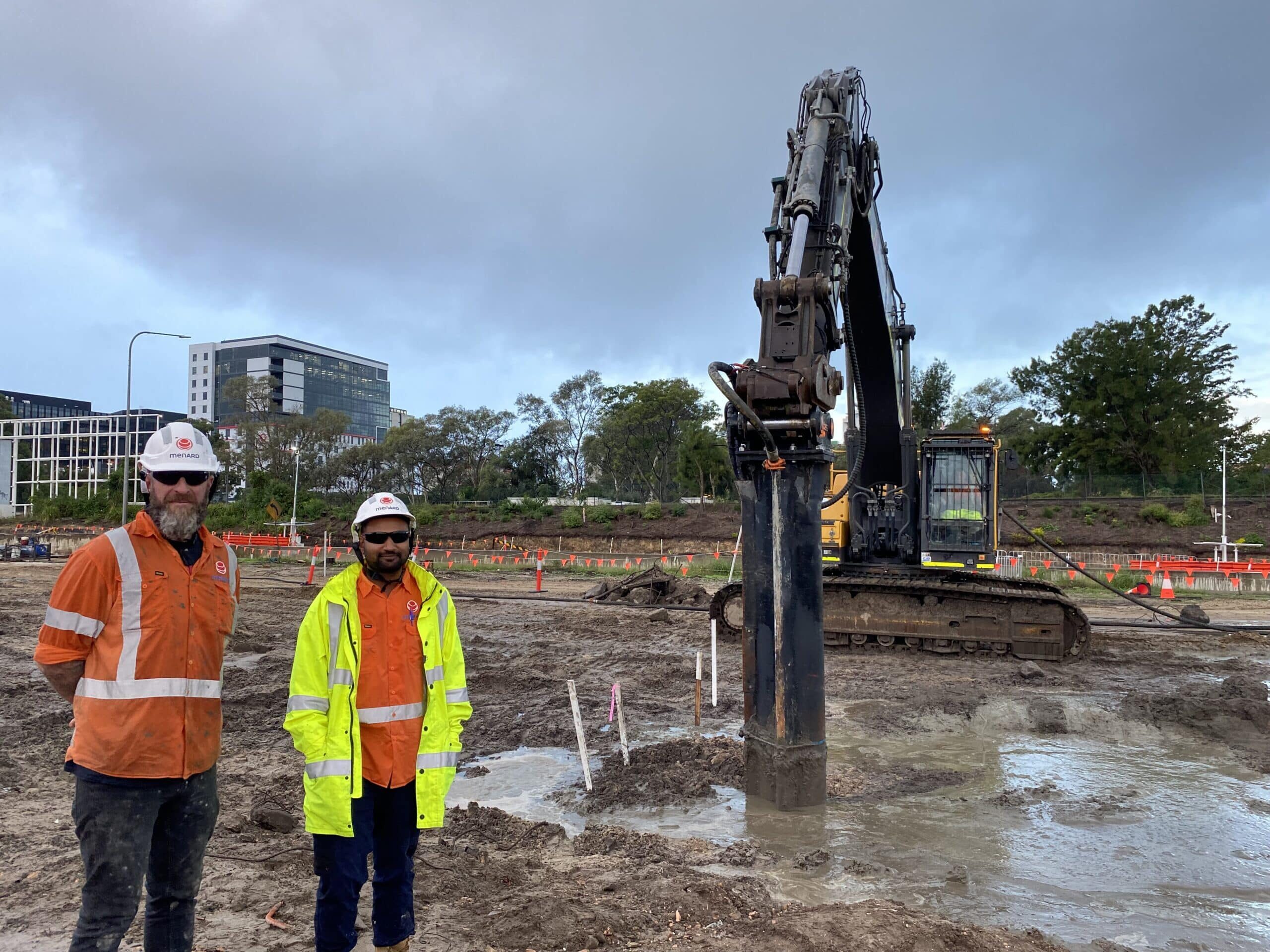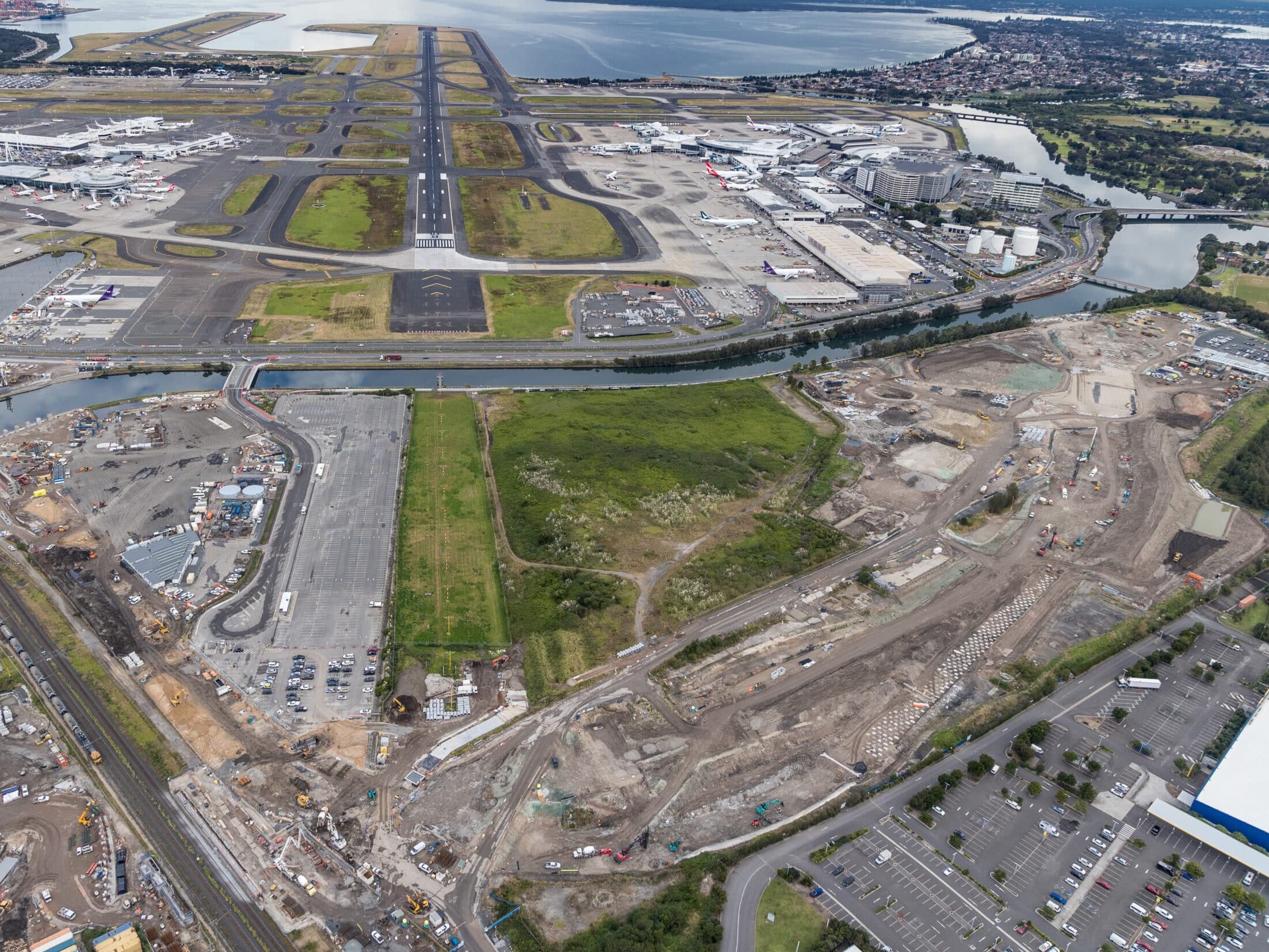Presentation and key elements
What is it?
Rapid Impact Compaction is a controlled energy, soil compaction technique. A compaction plate is placed on the targeted ground area. A hydraulic hammer, generally weighing less than 10 tonnes, is fitted to an excavator or piling rig base and used to transmit compaction energy to the soil via repeated impact.
When and why use it?
Rapid Impact Compaction is widely used to densify loose granular soils (sand or gravel) as well in industrial brownfield sites for surface compaction, foundations and floor slab support, and liquefaction mitigation. The principle of this technique is the transmission of energy into a compressible/ loose soil layer to improve its geotechnical properties.
💡 Menard’s tip
Without specific site precautions, a safe working distance to sensitive structures can usually be defined in the order of 8 to 10 m. However, for classical structures a distance of 5 to 6 m can usually be adapted. At this distance noise attenuation usually results in a decibel reading of lower than 90 dBA.



